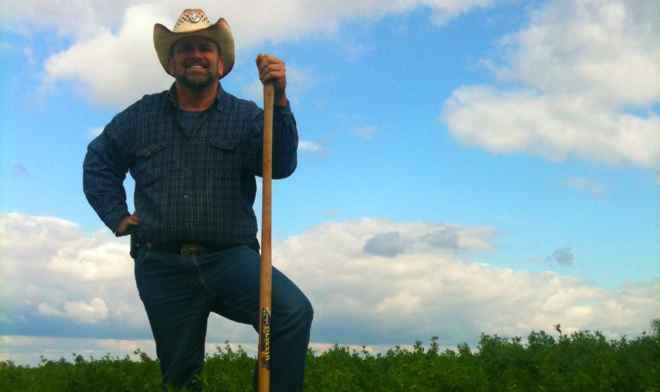Conventional and organic agriculture are currently arguing about which has the least ugly dog. Regardless of which one wins, they will still have an ugly dog. A less ugly dog is not equivalent to a beautiful dog.
“Sustainable” in the agricultural context is a term that is often debated but rarely understood. Frequently, the debates are framed as a choice between “organic” and “conventional” agriculture. Proponents of both sides argue passionately for their position – each claiming superiority. If we understand sustainable as “less harmful” then there is room for debate – it is difficult to determine which set of methods are least harmful when you consider all the various dimensions of agriculture that can be unsustainable. However, if you use the true definition of “sustainable” – the ability to be sustained indefinitely, we can reach a clear conclusion based on solid research. Neither organic nor conventional agriculture is truly sustainable.
The core process of agriculture is sustainable – the transformation of solar energy into hydrocarbons and proteins for human use. At this basic level, all outputs from agriculture can be used as inputs to agriculture in an infinitely sustainable loop powered solely by solar energy. A truly sustainable system has no “waste” – the output of every process is an input for another process. For example, animal dung is plant food. The CO2 exhaled by animals is an input to photosynthesis in plants. Dead plant material is food for microbes and animals.
If we want to understand what a truly sustainable agricultural system looks like, we need look no further than the ecosystems that surround us. Ecosystems are not only sustainable but are also accretive – over time they accumulate the ability to capture more solar energy and feed more organisms.
Regardless of what you picture when I write the word “ecosystem,” that ecosystem has a number of properties:
1. It is completely solar powered.
2. Its water is supplied by the natural water cycle (predominantly but not necessarily completely rain fed.)
3. There is no bare soil.
4. All nutrients are recycled.
5. The plants are primarily perennial.
6. There are animals.
7. It is diverse.
To achieve sustainability, this is a good starting point for the goals that we (all eaters) need to set for agriculture. Our current agricultural methods consume fossil energy and are net contributors of greenhouse gases. While most discussions of the environmental impact of food have focussed on food miles, the production methods and level of processing are a much greater contributor to emissions than the distance travelled. However, localizing your food supply has one big advantage – it allows you to observe the landscape that produces your food. You can directly observe the production system and compare it to the list of ecosystem properties above.
There is no label in a grocery store that guarantees the food was produced using methods that are healing the planet. A monoculture field of organic lettuce is only marginally less damaging than a field of conventional monoculture of lettuce. Both destroy soil through excessive tillage, both rely on significant amounts of irrigation water, both are annual crops and neither crop will have recycled nutrients applied. There is little similarity between a field of lettuce and an ecosystem.
There is also no specific food choice that guarantees you a positive impact on the planet. Beef cattle are often disparaged as a climate destroying luxury we can no longer afford. However, 100 percent grass-fed cattle spend their lives munching on diverse perennial pastures that are not tilled, generally rain fed and the majority of nutrients are recycled in place. Soil can build under a well-managed pasture. Yet, Arizona is an example of what happens when a pasture is poorly managed. Over grazing of cattle destroyed a brittle ecosystem – both the carbon cycle and the water cycle were destroyed in the blink of eye.
When you eat, you are swallowing the future – literally and figuratively. Current agricultural practices are diminishing our ability to produce food in the future. Hence, swallowing food today is also swallowing food that won’t be available in the future. However, what you swallow today sends a signal to the marketplace to produce more of what you swallow. Your food choices today will influence what is produced in the future. If you choose truly sustainable food you will be signalling the market to produce more.
You, as an eater, have more power over the food system than governments or multi-national corporations because collectively, eaters spend more than either. Significantly more. Many people challenge me by saying their purchases are inconsequential in the larger scheme of things. Every year, many rivers overflow their banks. Every year, people protect their homes by building dykes. Those dykes are primarily constructed of bags of sand. Every one of those dykes starts the same way – with one bag of sand filled by someone. Think of your grocery bag the same way.






